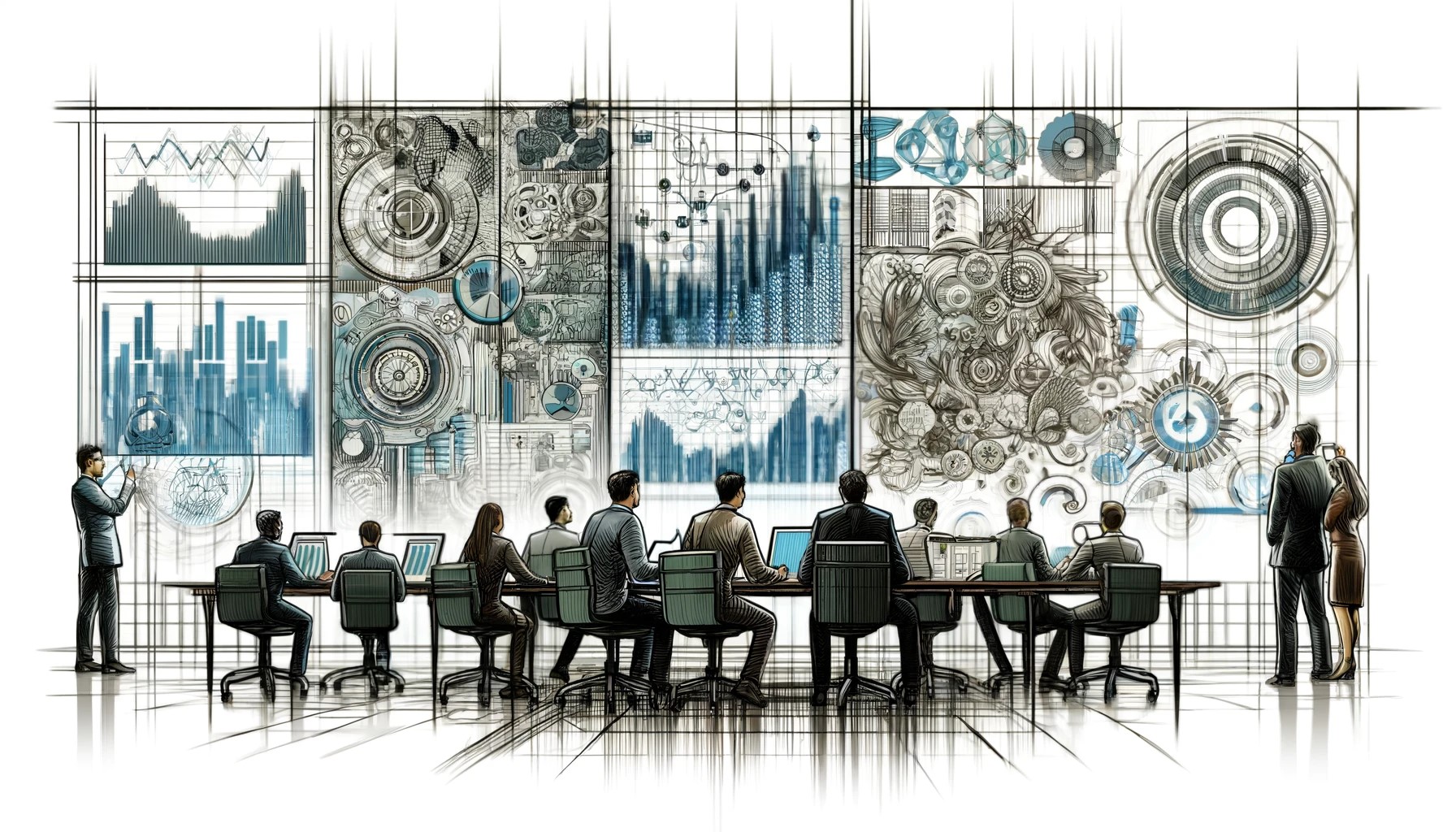Tableau:
Progressing from beginner to advanced levels:
Beginner Level
- Introduction to Tableau
- Objective: Get familiar with the basics of Tableau and its environment.
- Key Topics:
- Overview of Tableau products (Desktop, Server, Online)
- Installing Tableau Desktop
- Navigating the interface
- Understanding data visualization concepts
- Basic Data Connections and Preparation
- Objective: Learn how to connect to and prepare data in Tableau.
- Key Topics:
- Connecting to various data sources
- Data preparation and cleaning
- Creating data extracts and live connections
- Understanding data types and roles
- Basic Visualization Creation
- Objective: Create basic visualizations and dashboards.
- Key Topics:
- Creating charts (bar, line, pie, etc.)
- Using tables and text elements
- Basic filtering and sorting
- Introduction to dashboards and stories
Intermediate Level
- Advanced Data Preparation
- Objective: Master advanced data preparation techniques in Tableau.
- Key Topics:
- Data blending and joining
- Using calculated fields
- Advanced data cleaning techniques
- Pivoting and splitting data
- Advanced Visualization Techniques
- Objective: Dive deeper into creating complex visualizations and dashboards.
- Key Topics:
- Advanced chart types (scatter, bubble, heat maps)
- Using parameters and sets
- Creating advanced calculated fields
- Dashboard actions and interactivity
- Data Analysis and Reporting
- Objective: Perform advanced data analysis and create reports.
- Key Topics:
- Using Tableau’s analytics tools
- Performing trend and predictive analysis
- Creating detailed reports
- Using Tableau Prep for data preparation
Advanced Level
- Performance Optimization
- Objective: Optimize Tableau workbooks and dashboards for better performance.
- Key Topics:
- Performance tuning techniques
- Optimizing data models
- Best practices for dashboard design
- Monitoring and troubleshooting
- Tableau Server and Online
- Objective: Learn to administer and manage Tableau Server and Online.
- Key Topics:
- Installing and configuring Tableau Server
- Managing users and permissions
- Publishing and sharing dashboards
- Monitoring server performance and security
- Advanced Analytics and Extensions
- Objective: Extend Tableau’s functionality with advanced analytics and extensions.
- Key Topics:
- Using R and Python with Tableau
- Implementing Tableau extensions
- Advanced analytics techniques (clustering, forecasting)
- Integrating with APIs and external systems
Resources and Practice
- Books and Documentation:
- “Learning Tableau” by Joshua N. Milligan
- “The Big Book of Dashboards” by Steve Wexler, Jeffrey Shaffer, Andy Cotgreave
- Tableau official documentation
- Practice and Hands-on Labs:
- Tableau Public for hands-on practice
- Practice projects and case studies
- Kaggle for datasets and competitions
- Communities and Forums:
- Tableau Community Forum
- Stack Overflow
- LinkedIn Groups and other professional networks
By following this guided path, you can progress from a beginner to an advanced Tableau developer, equipped with the skills needed to handle data preparation, visualization, advanced analytics, and enterprise-level administration using Tableau’s powerful tools and features.
Course Content
About Instructor
Login
Accessing this course requires a login. Please enter your credentials below!

